Year 3 Teaching Resources
Explore printable worksheets, digital activities, games and more Year 3 resources, all aligned to the Australian curriculum! The teacher-created resources have all been designed with primary teachers and students in mind to meet the special needs of children as they transition into the middle years of their primary school education.
Carefully curated and thoroughly reviewed by the expert teachers of the Teach Starter team to ensure they're classroom-ready, our Year 3 resources can save you lesson planning time this school year with editable and differentiated options at the ready.
Teach Starter’s Year 3 resources utilise a vast array of resource types and have something for every learning area. Here's just a taste of what you'll find for your classroom!
- Spelling words and English worksheets
- Fractions activities and Maths worksheets
- Social and emotional learning activities
- Narrative writing stimuli
- Language conventions practice
- And so much more!
Are you new to teaching Year 3? Here's a look at what this year of primary school is all about!
What Is Year 3 in Australia?
Year 3 sits right in the middle of primary school for most students in Australia as the fourth year of compulsory education.
How Old Are Kids in Year 3?
The exact age of students will vary slightly by state (and birthday!), but most children in your Year 3 class will be 8 to 9 years old.
What Do Students Learn in Year 3?
Year 3 is a big one for Australian students. Many will sit the NAPLAN tests, and more than a few will hit double digits before the year is through. This is a big year for Maths between the introduction of more complex fractions and formal multiplication, as well as even more skill-building in other learning areas.
Exactly what they're expected to learn will depend to some degree on the state or territory where you are teaching, but here's a look at what your students can expect to encounter in the key areas of the curriculum!
English
Year 3 students continue to develop their reading, writing, speaking, and listening skills in their English lessons. Reading will involve more complex texts, including longer novels, non-fiction texts, and poetry.
Students will also be expected to analyse these texts more deeply, examining themes, character development, and literary techniques. Comprehension skill-building will require deeper analysis of texts and drawing inferences from what is read.
While Year 2 instruction focuses on basic writing skills such as sentence structure and punctuation, this older group of students will move toward more advanced writing skills such as paragraphing, using descriptive language, and organising ideas in a logical way.
Grammar and spelling will also become a greater focus this year, with an emphasis on understanding and applying more complex grammar rules and spelling patterns.
Maths
Fractions feature front and centre of the Year 3 Maths curriculum. Students will learn to identify, compare, and order unit fractions (those being fractions with a numerator of 1), as well as use them in simple problem-solving contexts.
We already alluded to this being a big year for multiplication, and is it ever! Year 3 students learn the basic multiplication facts — such as 2 x 2 = 4 and 3 x 3 = 9 — and they begin to use these facts to solve multiplication and division problems. They also learn to interpret and create simple multiplication and division problems.
Students will have the chance to build upon their understanding of measurement concepts from Year 2, including length, mass, and capacity. They'll learn to measure and estimate using standard units, plus how to compare and order measurements.
Maths students will expand their knowledge of 2D shapes this year, and they will begin to learn about three-dimensional shapes and their properties.
Place value is still a big part of maths, of course. Year 3 students expand their understanding of place value to include numbers up to 10,000, and they learn to read, write, and compare four-digit numbers. They also learn to use place value to solve addition and subtraction problems.
Science
Science instruction in Year 3 is more focused on building a deeper understanding of scientific concepts and their applications, as compared to Year 2. It also emphasises the development of scientific inquiry skills that will help kids become more proficient in conducting scientific investigations and communicating their findings.
Students in Year 3 learn to ask questions, plan and conduct investigations, collect and record data, and communicate their findings as part of their development of science inquiry skills. They spend a portion of the year learning about the characteristics of living things, including plants and animals. Year 3 students will have the chance to explore the life cycles of plants and animals, as well as learning about the needs of living things and their habitats.
While they're learning about things that live on Earth, they're also learning about the planet itself, exploring geological features such as rocks, soil, and minerals. They also explore heat energy and how it can be transferred from one object to another.
Last, but certainly not least, Year 3 students learn about the properties and states of matter, including solids and liquids (gasses are explored later on in primary school).
Humanities and Social Sciences
Building on the foundation set in Year 2, Year 3 HAAS lessons build a deeper understanding of historical events and concepts, as well as exploring the social and economic systems that underpin Australian society.
Students learn about the historical events, people, and places that have shaped Australia's history. They explore the concept of change and continuity over time and learn to use historical sources to investigate the past. Students also study significant cultural events celebrated in our country and how they contribute to Australia's diversity and identity.
Geography instruction will guide students as they learn about the physical and cultural characteristics of places and regions. They'll learn more about the representation of Australia as states and territories, and as Countries/Places of First Nations Australians. Students will also begin exploring Australia's neighbours such as New Zealand, Papua New Guinea, and Indonesia.
Civics instruction sees Year 3 students strengthening their understanding of what it means to live in a democratic society. They will draw upon their own personal experiences to examine why rules are important and to discuss how they can be active participants in the communities to which they belong.
Health and Physical Education
With their bodies rapidly changing, Year 3 students learn about the factors that influence their health and wellbeing, including the importance of good nutrition, hygiene, and sleep. They also learn about social and emotional health, including how to manage their feelings, develop positive relationships, and make safe and healthy choices.
In Year 3, there are a number of different types of safety on tap in lessons, including road safety, water safety, and personal safety. They develop an understanding of risk and learn strategies for staying safe in different situations.
Year 3 students also learn about the importance of being active and informed citizens in their community. They learn about the benefits of volunteering and begin to develop an understanding of the responsibilities and rights of individuals in society.
The Arts
In Year 3, students develop more advanced skills in drawing, painting, and other visual arts techniques. This includes studying the elements of art — such as line, shape, colour, and texture — and beginning to use these to create more complex artworks.
In music class, these children are learning all about musical notation and how to read and write simple music, while drama instruction explores different forms of drama, including role-playing, improvisation, and scripted performance. Students get the chance to learn about the elements of drama, such as character, plot, and setting, and begin to use these to create their own dramatic works.
- Plus Plan
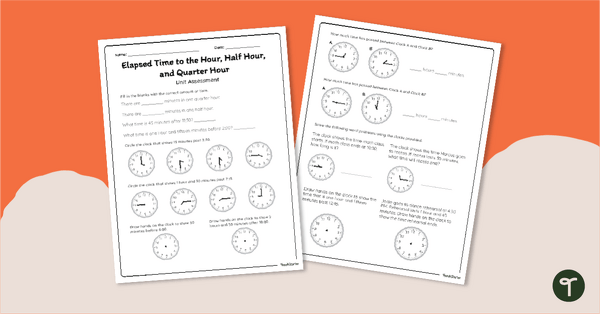
Elapsed Time Test
Assess your students' abilities to determine elapsed time to the whole, half, and quarter-hour with a printable Elapsed Time Test.
- Plus Plan
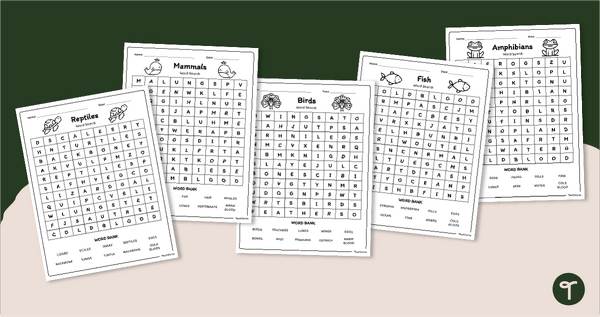
Animal Classification Word Search Pack - Early Years
Introduce your lower-year students to the six animal types/classes with a pack of printable animal word search worksheets.
- Plus Plan
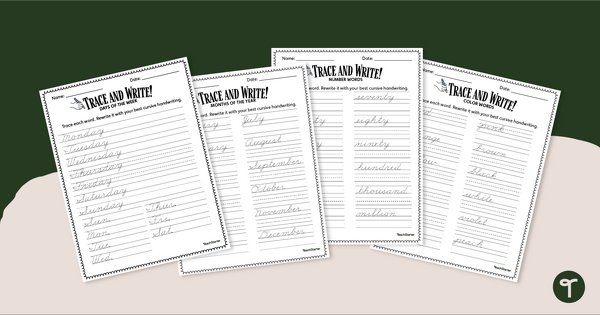
Cursive Handwriting Worksheets - Days, Months, Colours, and Numbers
Trace and write days of the week, months of the year, number words, and colour words in cursive.
- Plus Plan
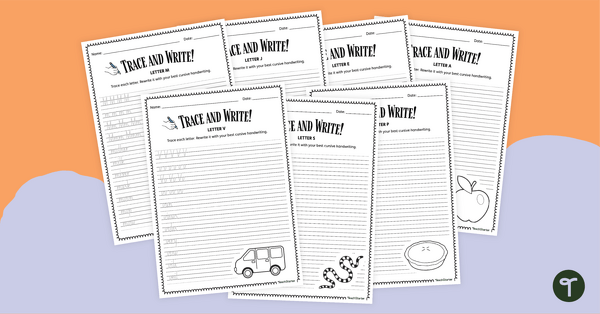
Cursive Writing Worksheets PDF - Alphabet
Practise writing the alphabet in cursive with a pack of printable cursive alphabet writing worksheets.
- Plus Plan
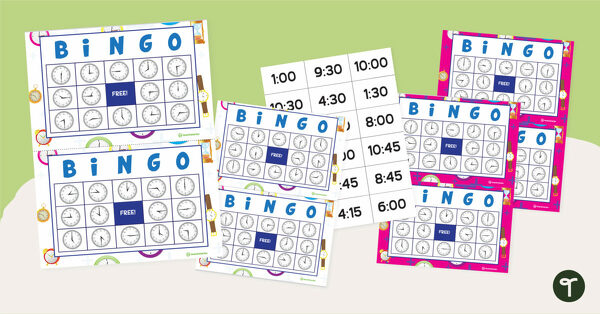
Telling the Time Bingo – Hour, Half-hour, Quarter To and Quarter Past
Play a few rounds of Telling the Time Bingo to practise telling the time to the quarter hours.
- Plus Plan
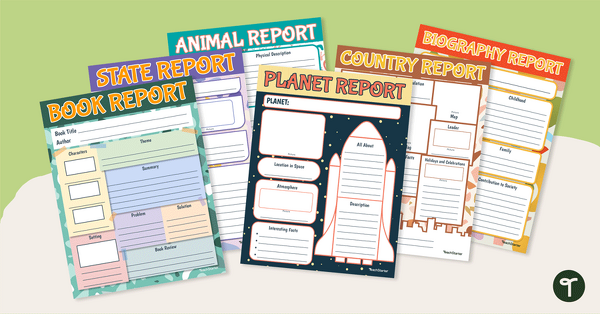
Let's Research! Information Report Templates
Conduct, organise, and display research about books, people, planets, animals, states, and countries with a versatile set of report writing templates.
- Plus Plan
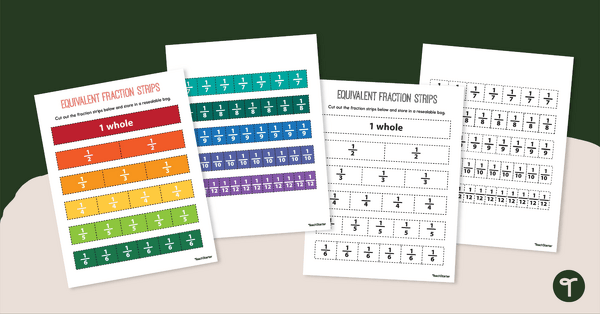
Fraction Strips
Print a set of fraction strips for the classroom! Keep the handy maths manipulative on hand for fraction games, showing equivalent fractions and more!
- Plus Plan
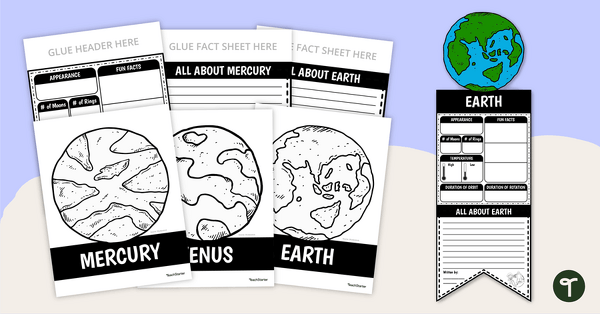
Planets of the Solar System – Project Template
Create a visual display of information about the planets of the solar system using this project template.
- Plus Plan
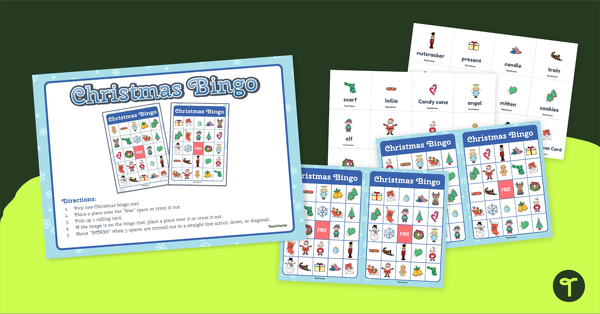
Christmas Bingo Game
Play Christmas Bingo with your class for some end of year fun!
- Plus Plan
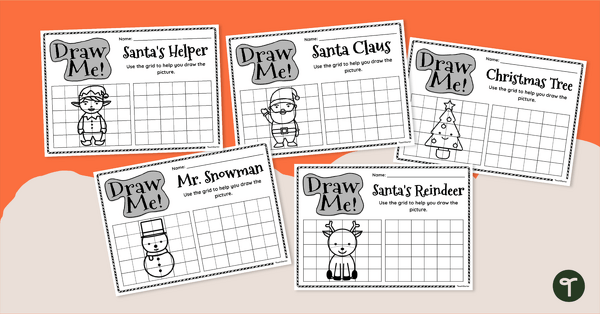
Grid Drawing Christmas Worksheets
Bring a bit of art into the classroom this season with easy Christmas drawing activities.
- Plus Plan
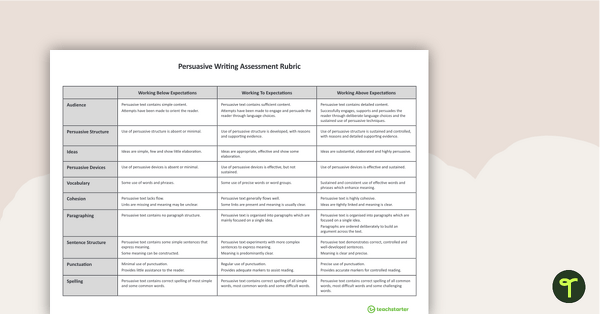
NAPLAN-Style Assessment Rubric - Persuasive Writing
A NAPLAN-style rubric designed to help teachers to assess students' persuasive writing.
- Free Plan
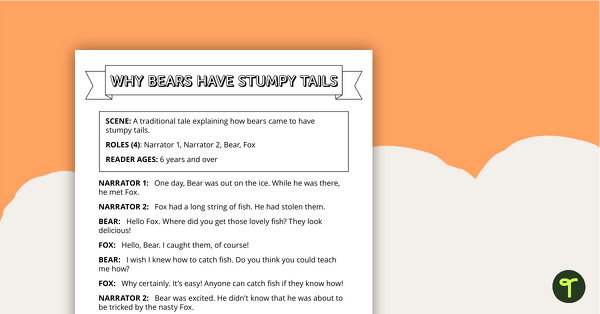
Readers' Theatre Script - Why Bears Have Stumpy Tails
A script which can be used during readers' theatre or Drama sessions, aimed at students 6 years and over.
- Plus Plan
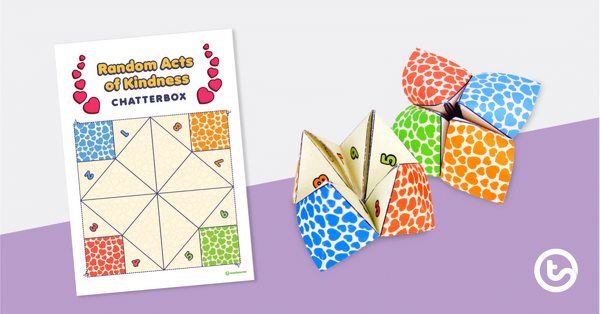
Random Acts of Kindness Chatterbox
A random acts of kindness chatterbox template.
- Free Plan
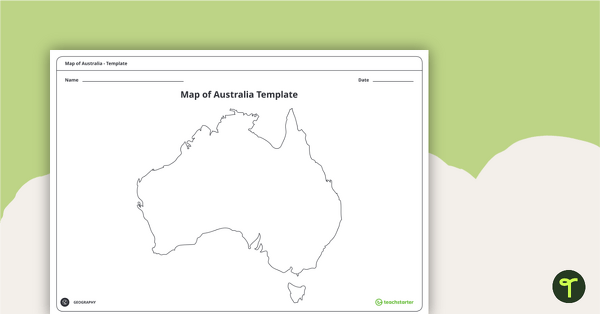
Blank Map of Australia - Template
Record and represent data about the location of significant places with this printable blank map of the continent of Australia.
- Plus Plan
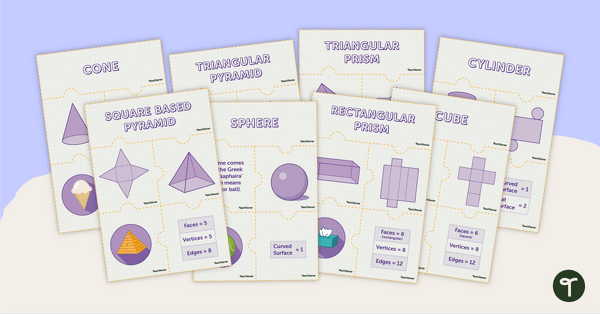
3D Objects and Their Properties - Puzzles
Explore the names and properties of some of the most common 3D shapes with this set of 8 puzzles.
- Plus Plan
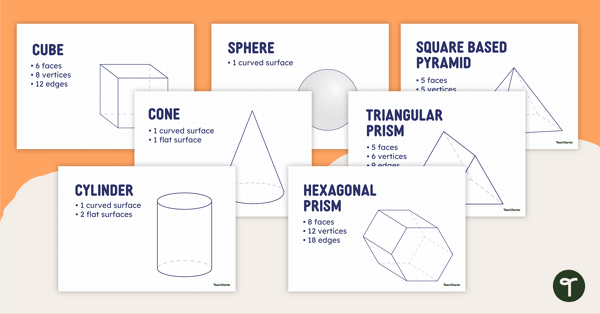
3D Objects Poster Pack
Learn the names and properties of some common 3D shapes with this set of classroom posters.
- Plus Plan
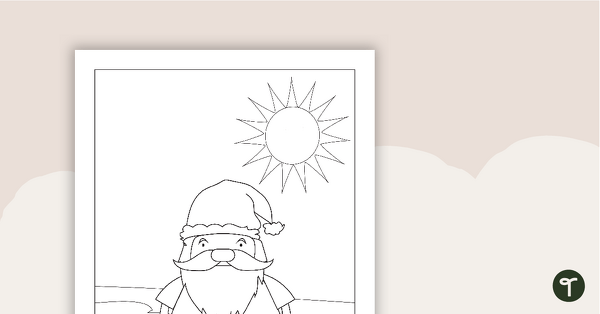
Santa at the Beach Colouring in Sheet
A cute picture of Santa at the beach for your students to colour in.
- Plus Plan
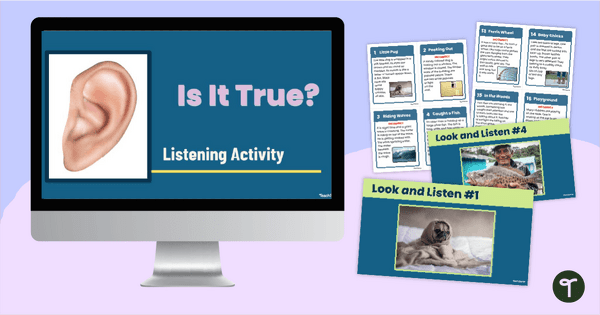
Is It True? Active Listening Activity
Improve listening skills in the classroom with an engaging 'Is It True?' Active Listening Activity.
- Plus Plan
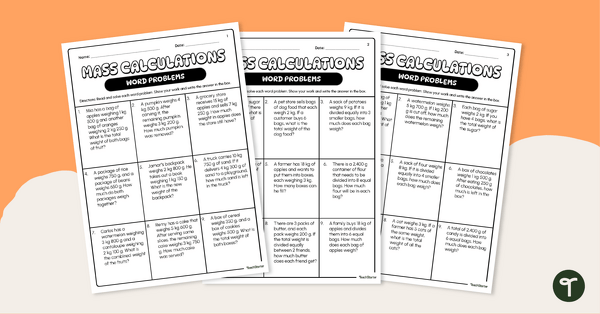
Mass Calculations Word Problem Worksheets
Put mass understanding into practise with this set of three word problem worksheets.
- Plus Plan
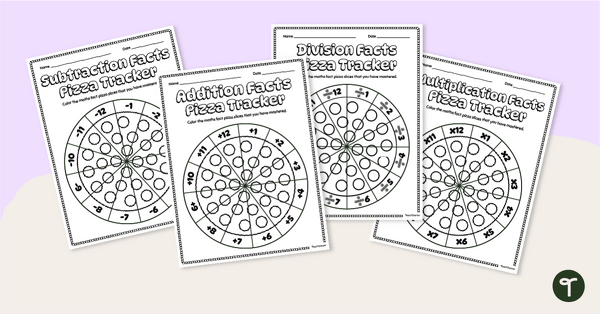
Pizza Maths Fact Fluency Trackers
Motivate and inspire students to learn their maths facts with printable maths fact fluency trackers.
- Free Plan

Printable Adjectives List for Kids
Print your students a list of adjectives to keep at hand when writing to help them use descriptive language.
- Plus Plan
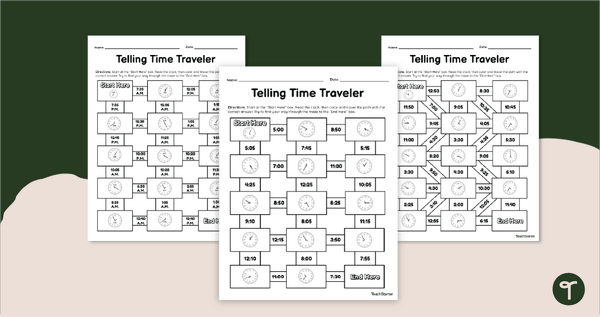
Telling Time Maths Mazes - 5 Minutes
Tell time to the nearest five-minute mark and make maths fun with a printable pack of Telling Time maths mazes.
- Plus Plan

Elapsed Time Word Problems Game
Practise solving elapsed time word problems with an interactive Year 3 maths game.
- Plus Plan
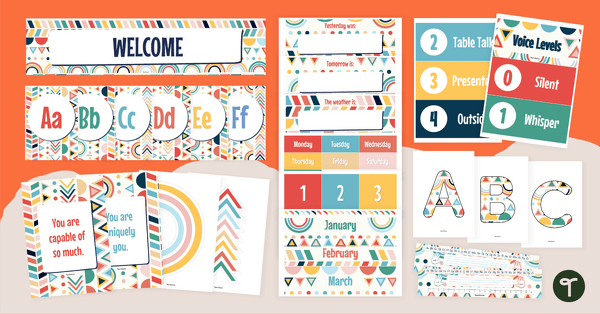
Geometric Boho Classroom Theme Decor Bundle
Download this funky geometric boho-themed classroom theme bundle that has everything you need for decorating your classroom.
- Plus Plan

End of Year Writing - Advice for Next Year Pennant Banner
Reflect on the year, work on writing skills, and make something special for your next group of students with an End-of-Year Advice for Students activity.
- Plus Plan
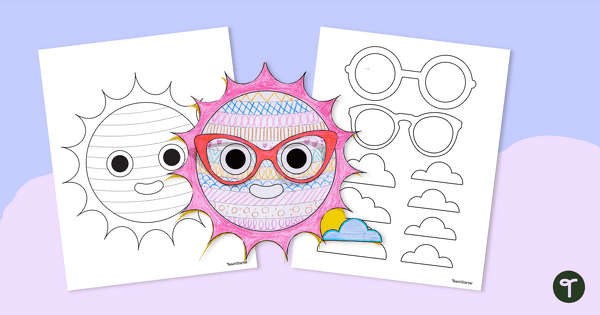
Funky Sun - End of Year Craft Template
Get ready for the last day of school with a fun customisable, Funky Sun end-of-year craft activity.
- Plus Plan
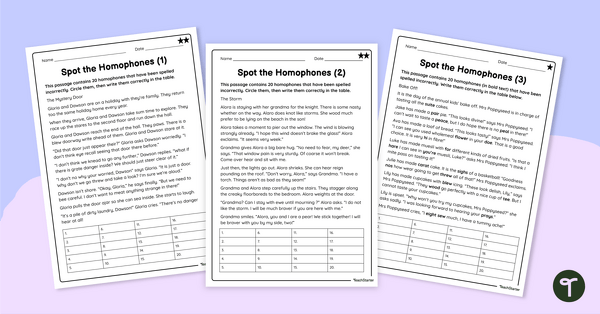
Spot the Homophones Worksheets
Transform students into vocab detectives with this set of reading passages containing misspelled homophones.
- Plus Plan

Emoji Equation Riddles - Determine the Unknown
Determine the value of an unknown variable in an equation with printable Emoji Maths Riddle task cards.
- Plus Plan
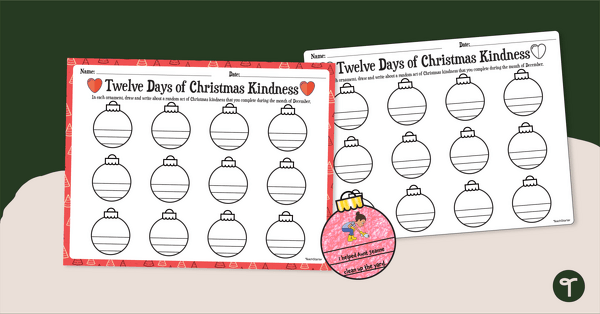
Twelve Days of Kindness – Christmas Challenge Worksheet
Challenge your students to commit 12 random acts of Christmas kindness with a printable kindness activity .
- Plus Plan
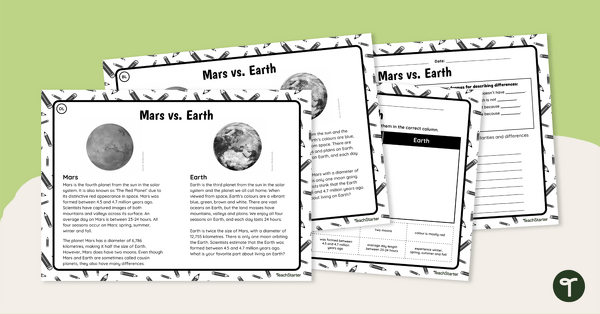
Mars vs. Earth - Differentiated Paired Passage Worksheets
Learn about the planets with differentiated compare and contrast passages, activities and writing opportunities.
- Plus Plan
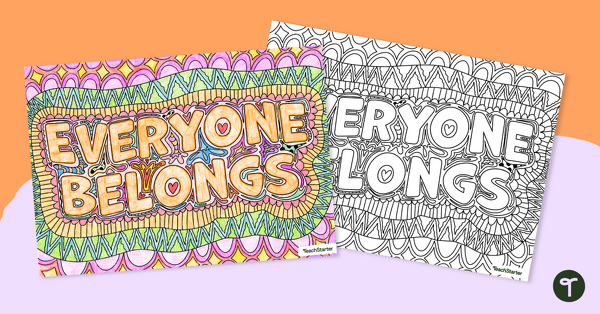
Everyone Belongs Mindful Colouring Page
Decorate your classroom or school with these colouring pages for Harmony Day.
- Plus Plan

CUBES Classroom Display and Bookmark Set
Tackle word problems with this CUBES problem-solving classroom display and bookmark set.